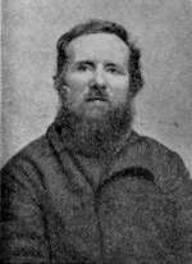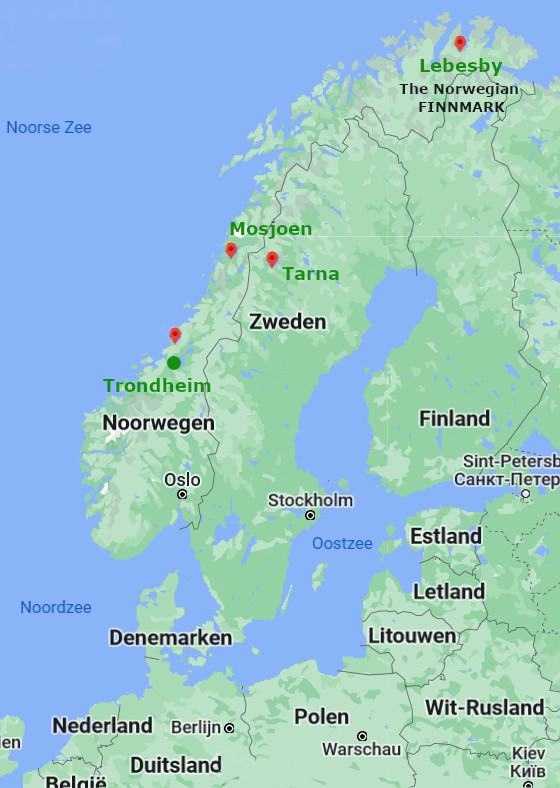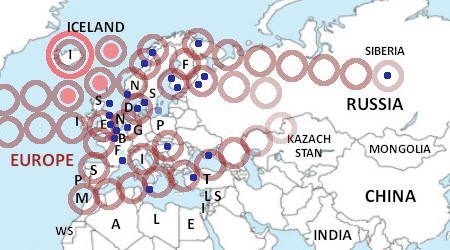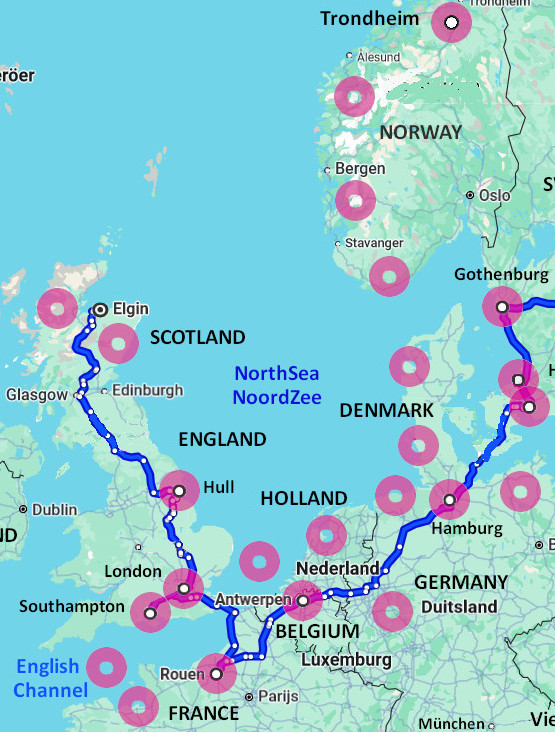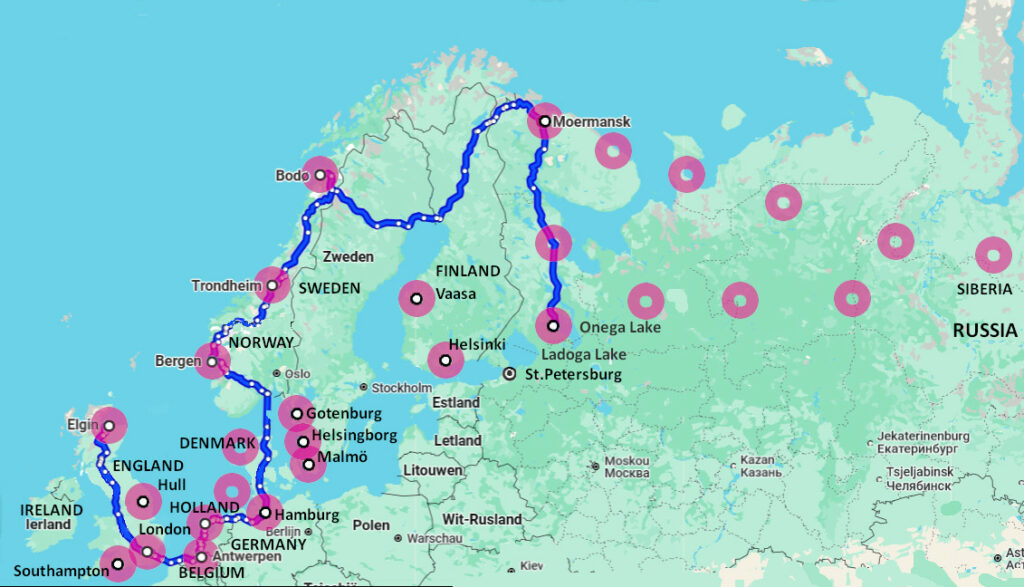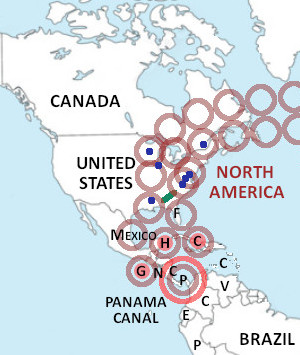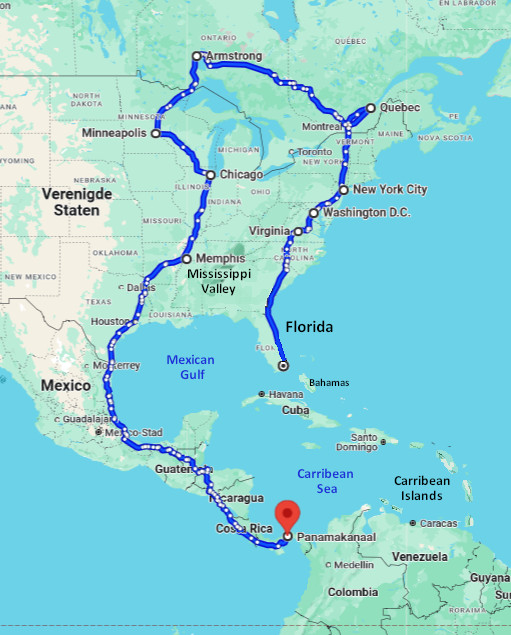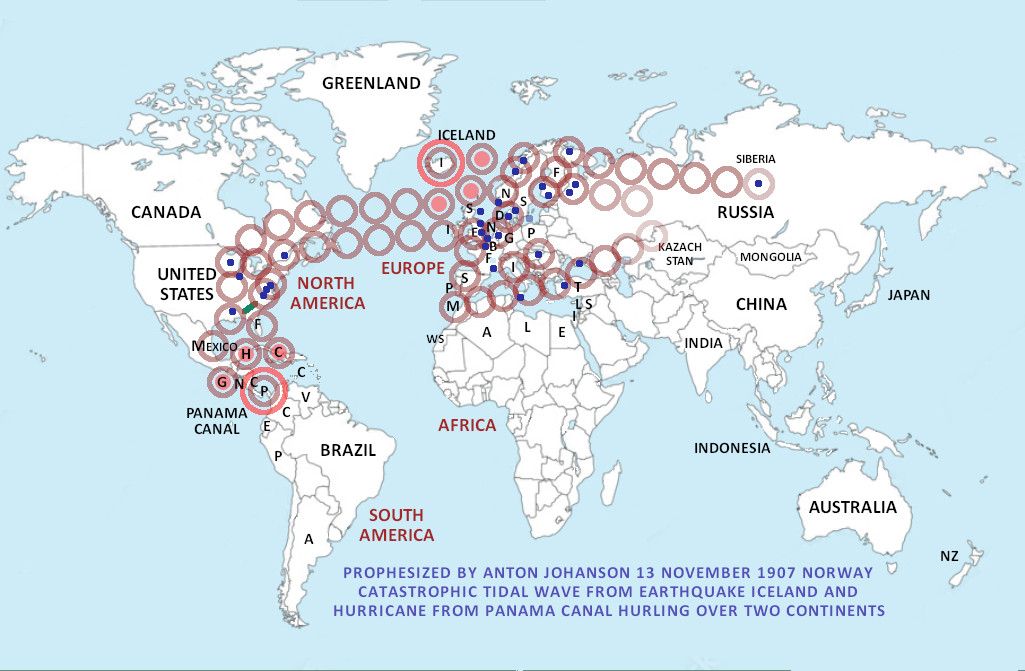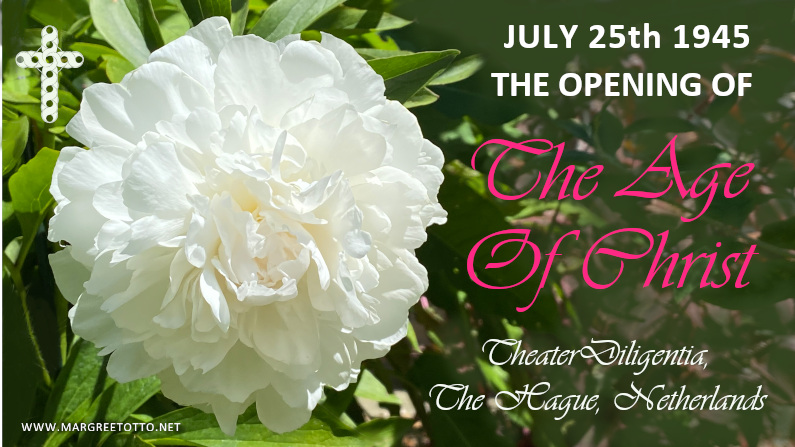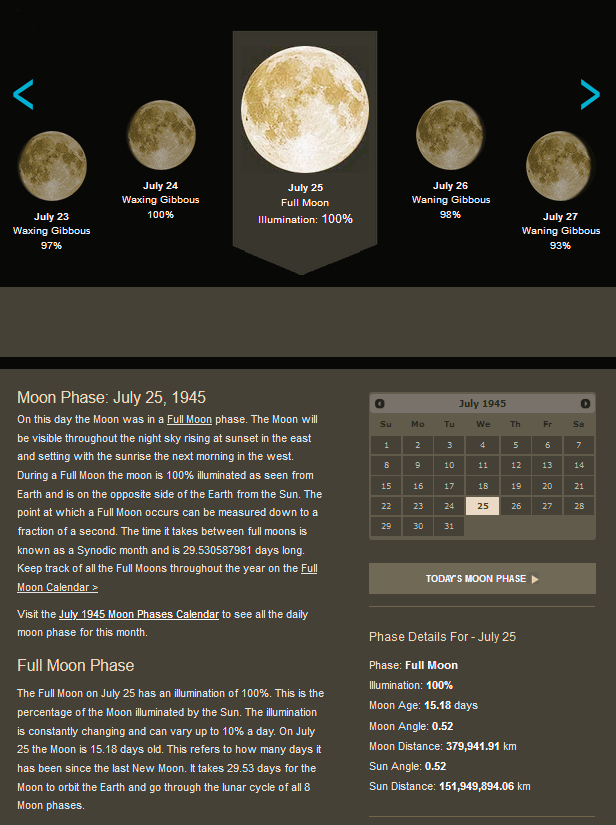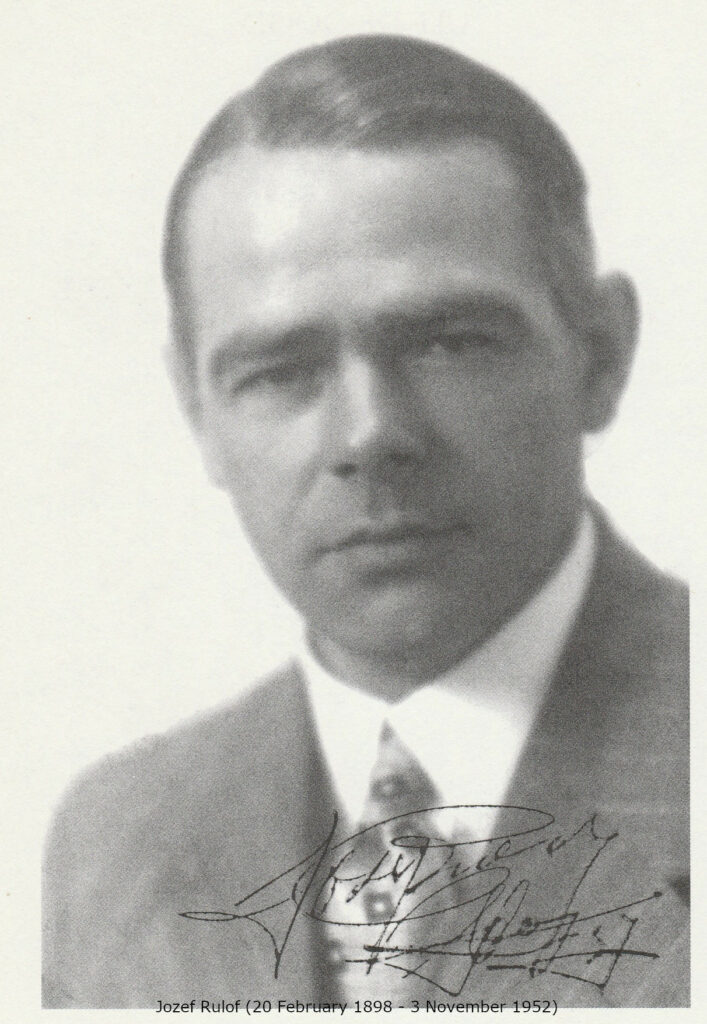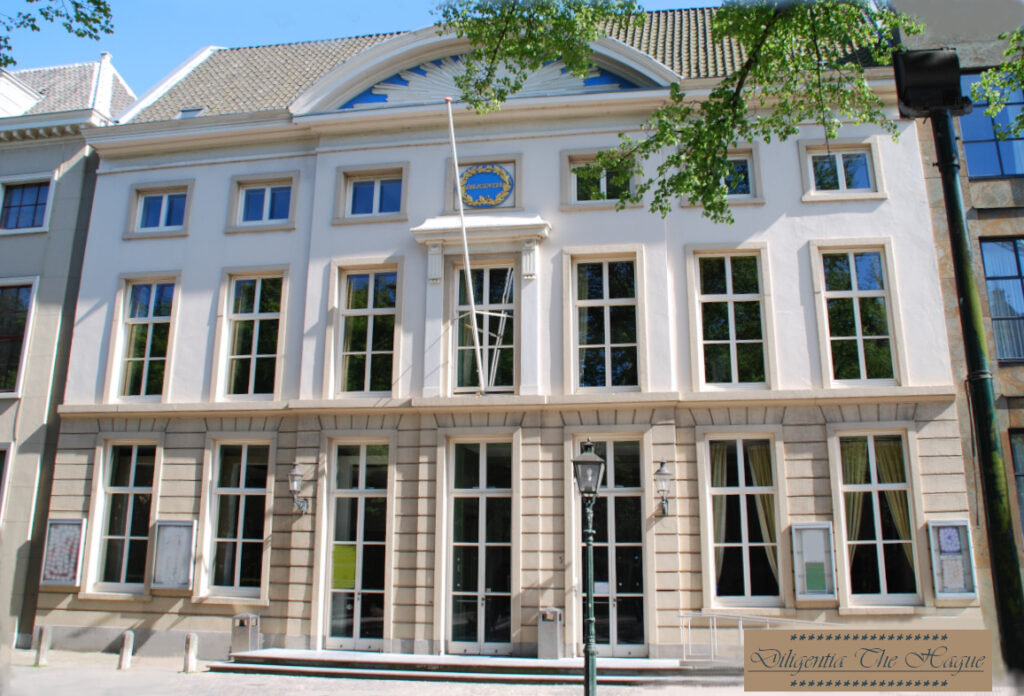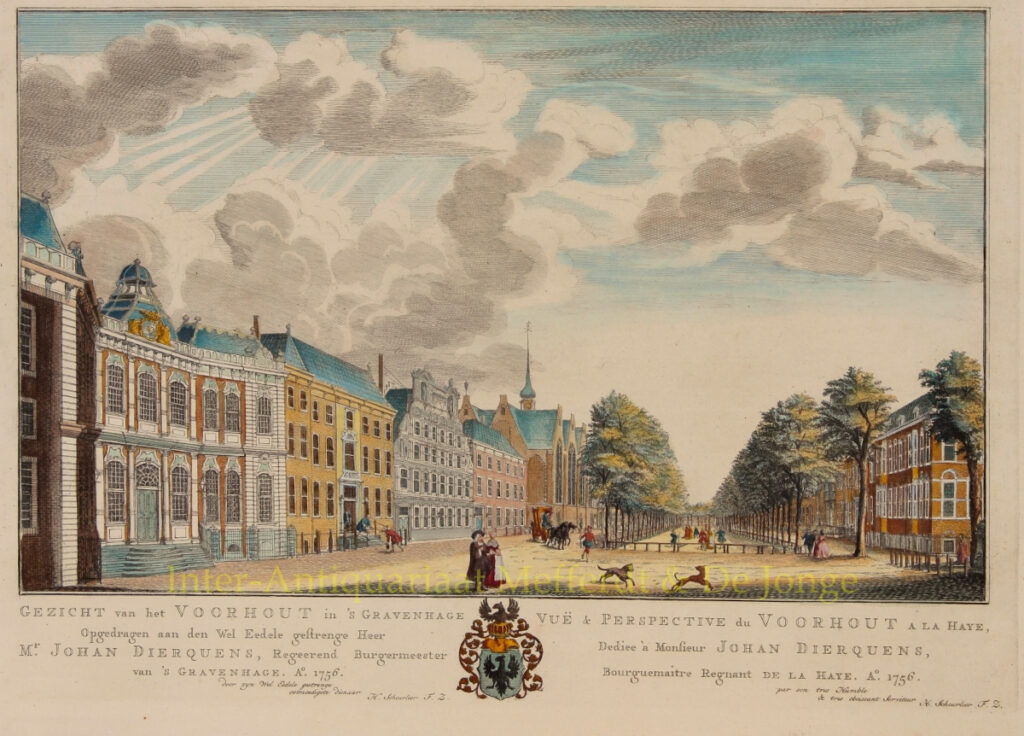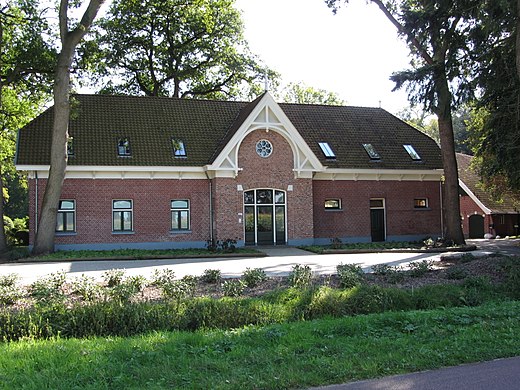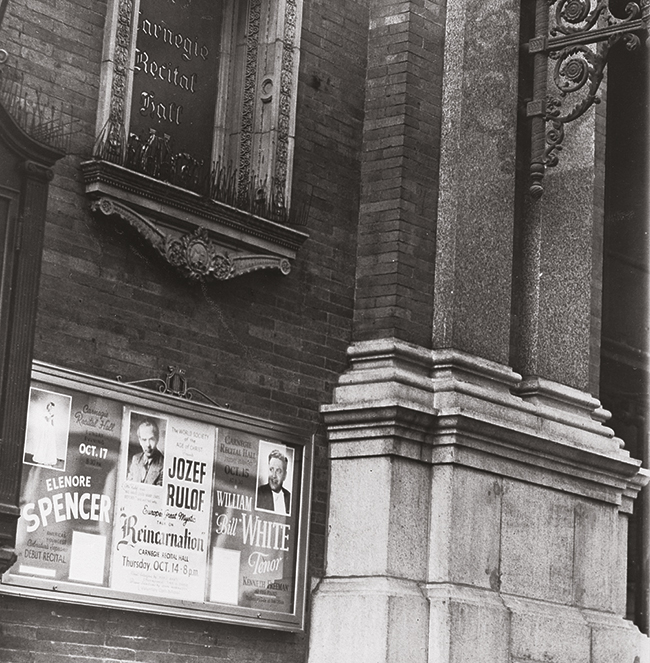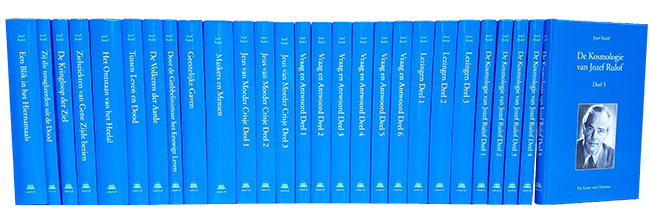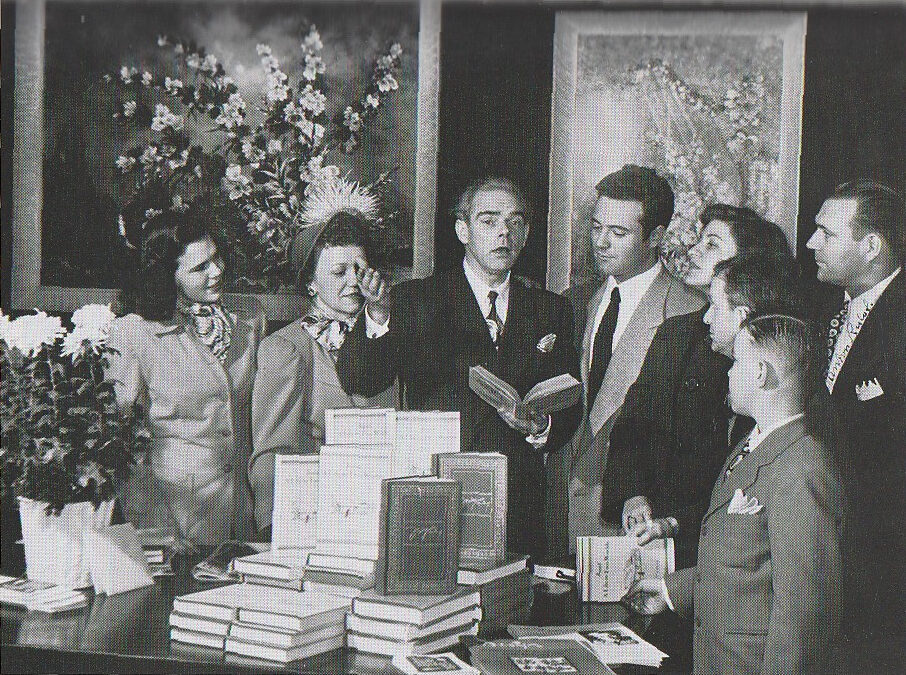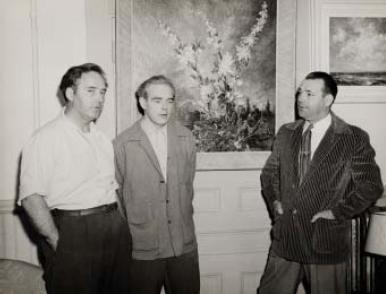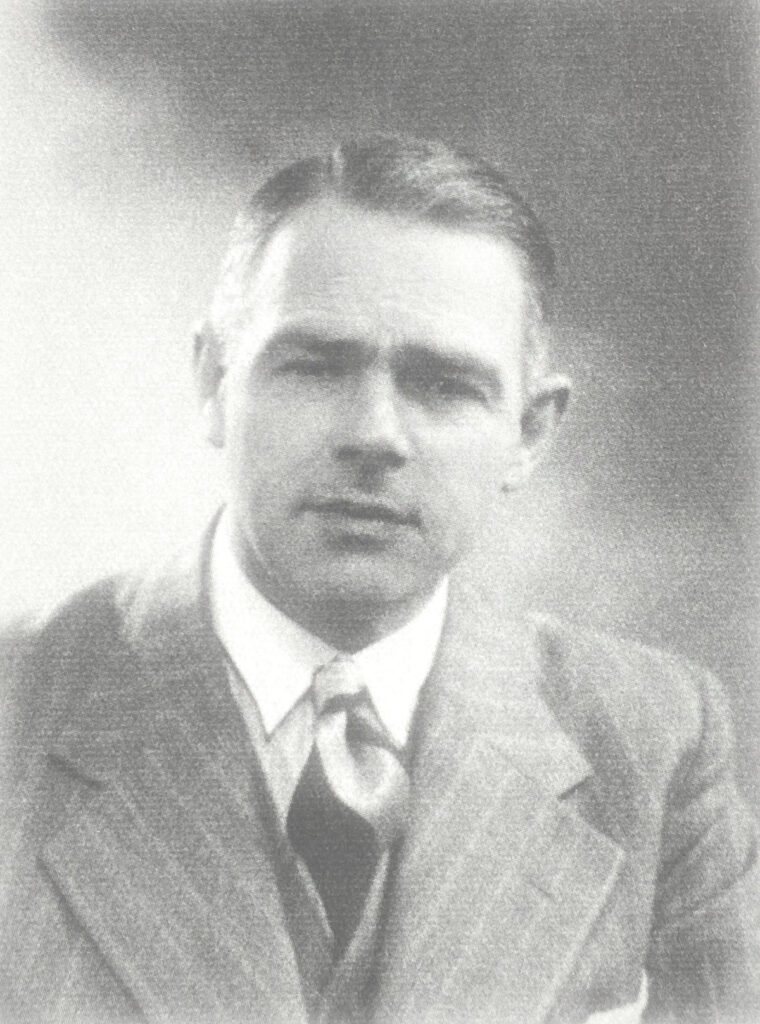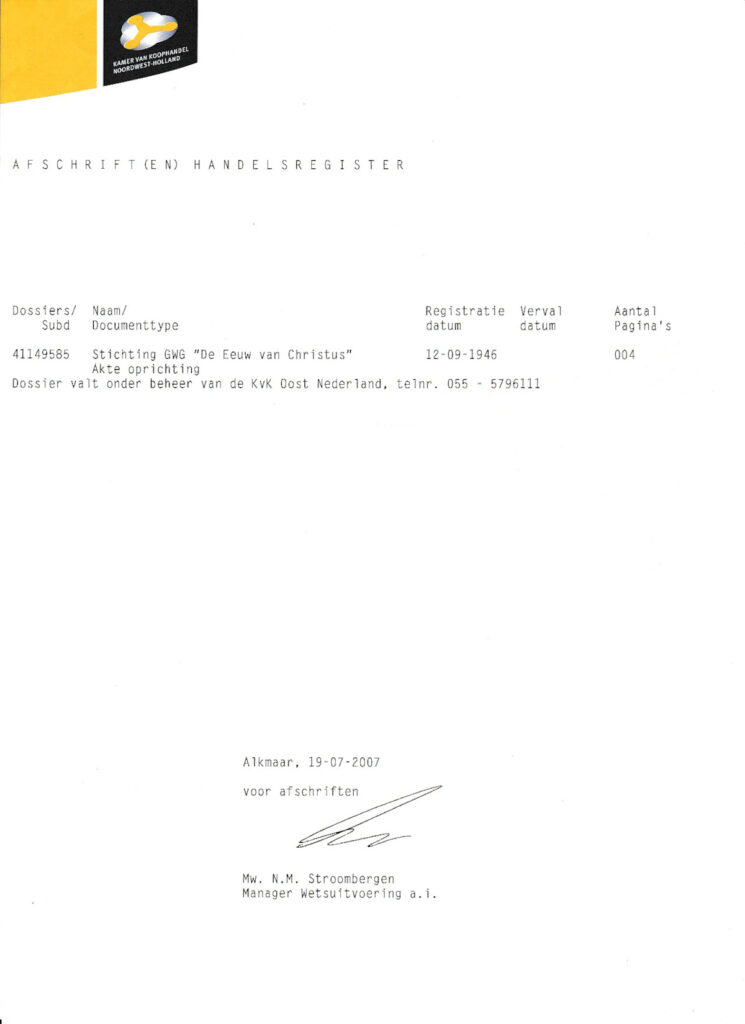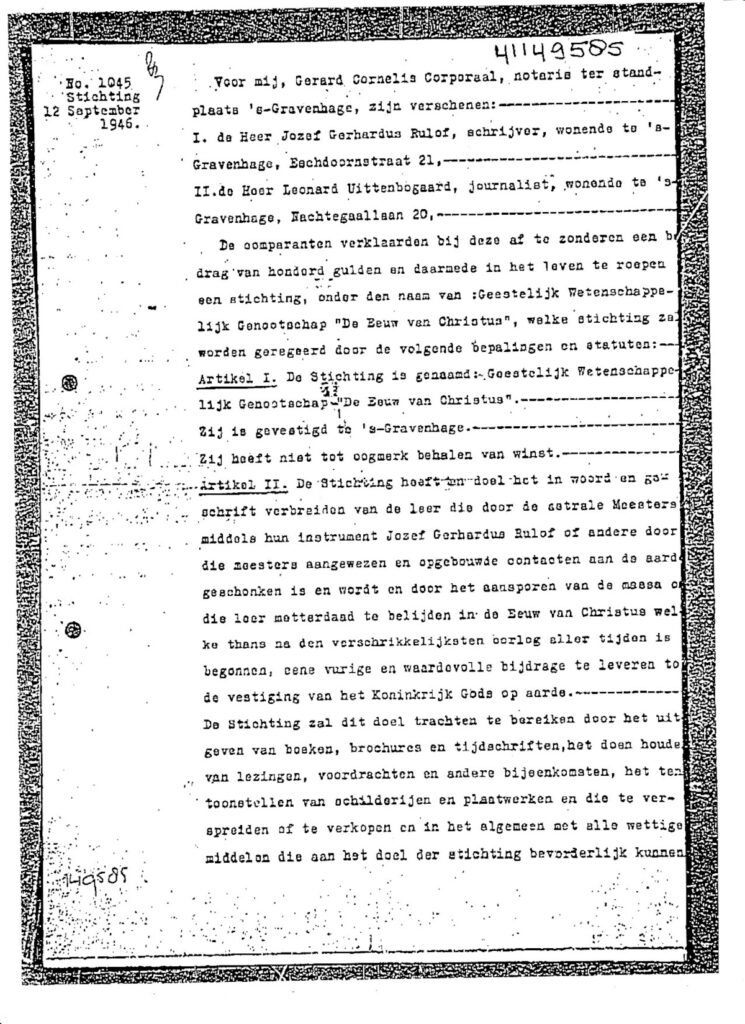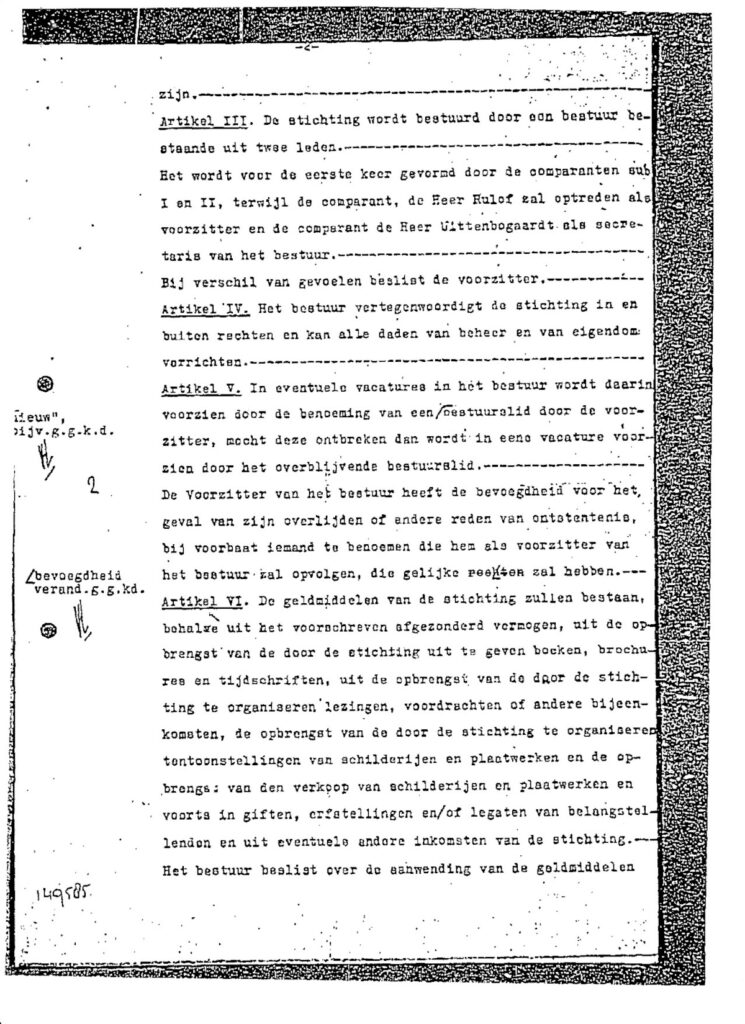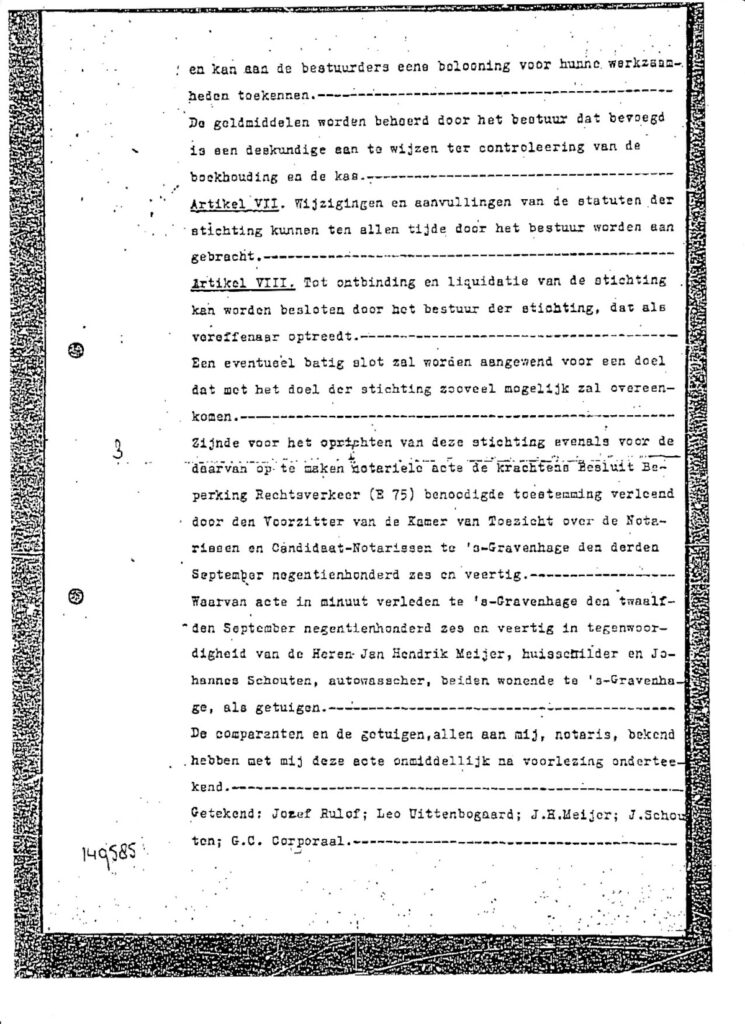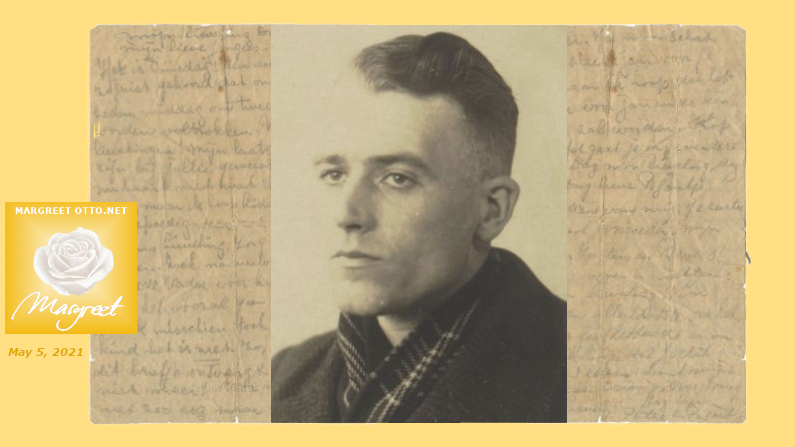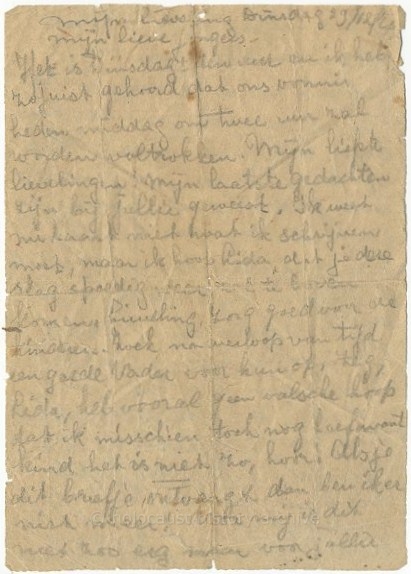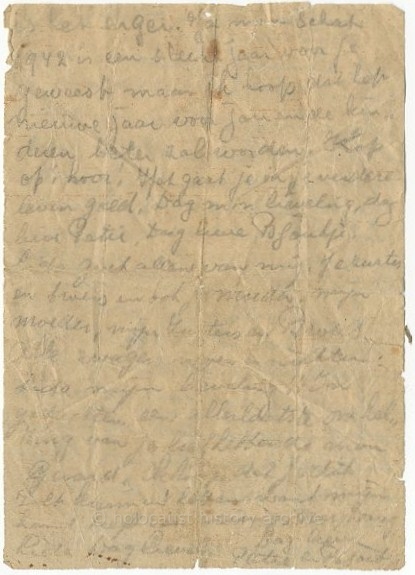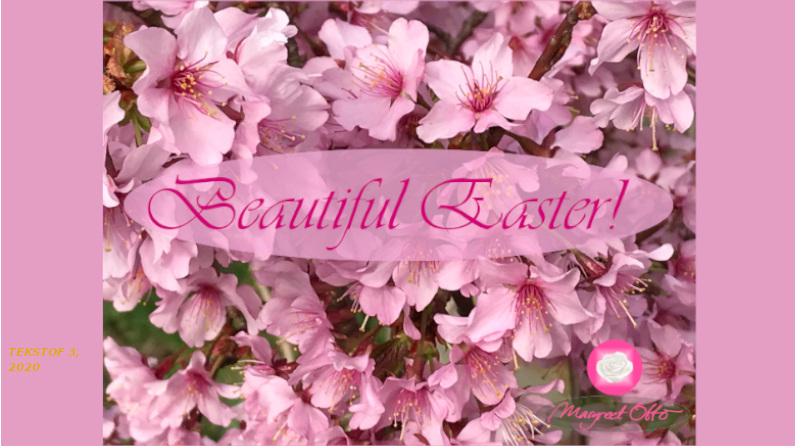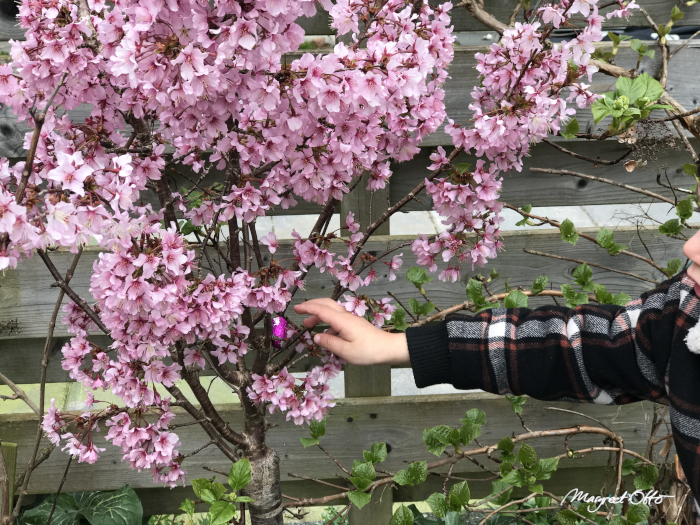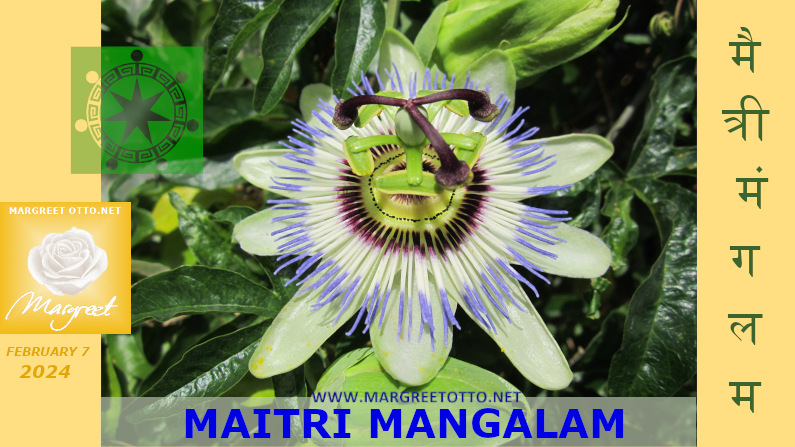
MAITRI MANGALAM
A MYSTERIOUS EVENT
In the year 2005 on the 16th of May, a fifteen year old boy started meditating in the dense jungle of Nepal under a Banyan tree. Till the amazement of his fellow villagers, friends and family, he persisted in meditating for a prolongued time without consuming food or drinking water. And finally, till the amazement of the entire world, he continued to do so for 6 years.
SIX YEARS!
This has been captured by cameras from different press agencies from all over the world.
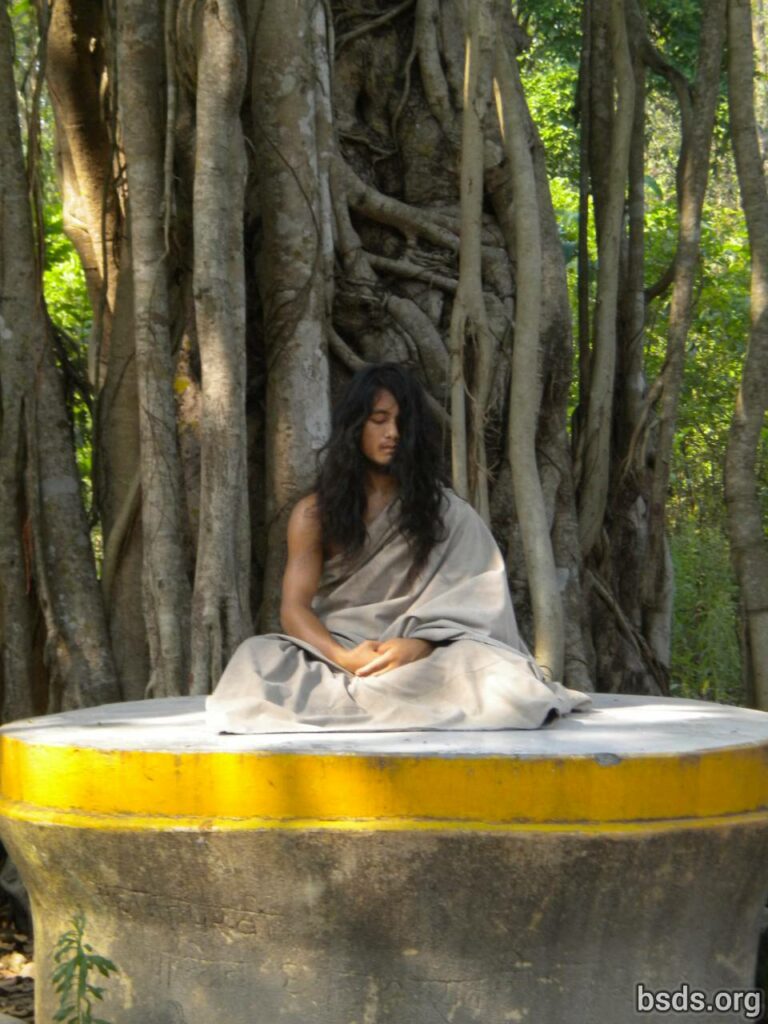
RAM BAHADUR BOMJAN
I remember myself watching (from the Netherlands) online footage on You Tube of him meditating. This was around the year 2007.
His name is राम बहादुर बम्जन, in English:
Ram Bahadur Bomjan. Born in 1990 in Ratanapuri, Bara district, Nepal.
Have you heard of him before?
I watched in utter amazement how this young lad seemed to be in some sort of trance as he wasn’t physically interacting with his surroundings and the people near him. Yet he sat in a straight position, undisturbed by anything. After a few years, his hair grew so long that it entirely covered his face.
The picture below shows Ram Bahadur Bomjan meditating in the hollow of the tree, with the early stage of his long hairgrowth. He sat there day and night, in different types of weather and had also been attacked by wildlife several times. Yet, he survived all of it.
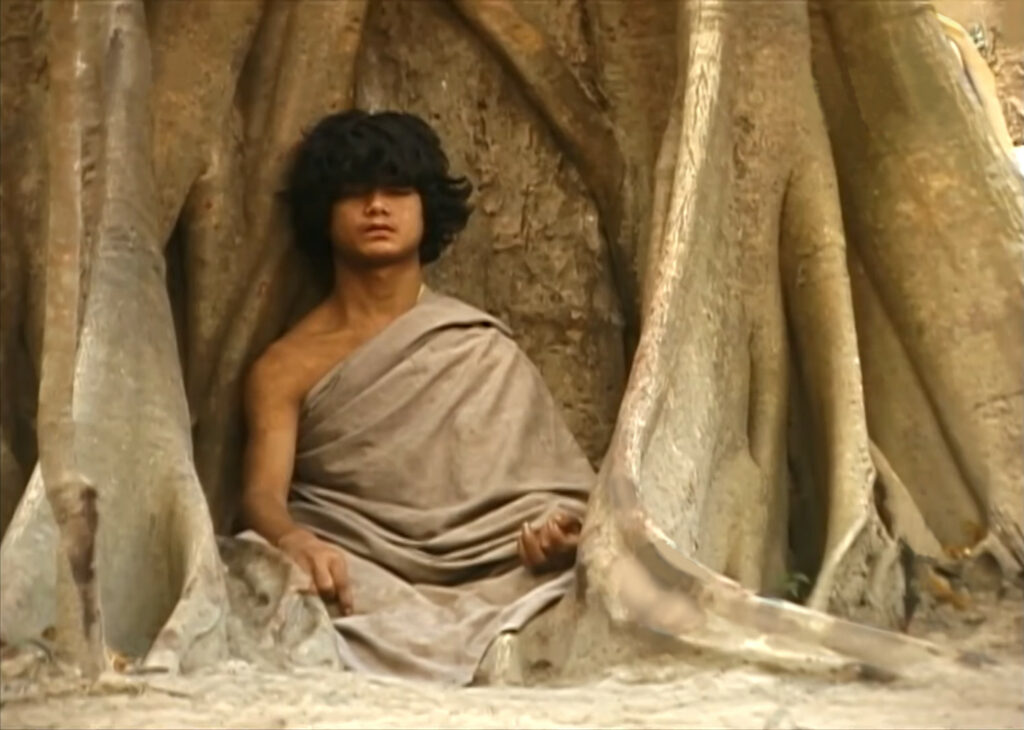
At the time, what was spoken on the video footage, was mainly in the Nepalese language. So I couldn’t learn more about the reason why he was doing this. From studying the footage, I realised his family and fellow villagers didn’t know either. They were answering the foreign journalists, but admitted they didn’t know, and nobody knew. They accepted it as a given.
CATCHING GLIMPSES
While still in meditation, more and more people both nationally and internationally heard about him. As the matter of fact, thousands of visitors came to the location where Ram Bahadur Bomjan meditated to catch a glimpse of him. Also the media attention increased more and more.
In those six years, he changed location three times. Those were apparently the moments when he was briefly out of meditation. He changed location because of too much of a crowd watching and disturbing him, despite his family members and people loyal to his cause protecting him and setting up boundaries around him, such as markings of fences and mesh and long ribbons with small brightly colored flags.
MESSAGE IN RATANPUR
I also remember quite often searching online for more footage, but the mystery remained. And after a while I lost track of it, not getting any wiser. To only find out many years later that ‘Buddha Boy’ concluded six years of meditation officially in 2011, on May 16.
Like, SIX YEARS… REALLY? SERIOUS? At the time, Ram Bahadur Bomjan came out of the jungle, now grown from a boy into a young man, and went straight to a location close to the city of Ratanpuri to make arrangements for a public statement.
Four days later he gave a
Message in Ratanpur. This was during a public program called ‘Mahadarshan’. You can read more about this and Ram Bahadur Bomjan on the official website about him and his cause.
MAHASAMBODHI DHARMASANGHA GURU
In 2017 Ram Bahadur Bomjan addresses Humanity again on the 21th of March. Now he carries the name ‘Mahasambodhi Dharmasangha Guru’. Below you can listen to his statements with English subtitles. Some of the words he uses is special jargon in the ancient Buddhist traditions in Nepal, some of the phrases stemming from Sanskrit. But one can still follow the main topics he is addressing.
It’s time to rise Humanity!
Another statement Ram Bahadur Bomjan has made is that the world will know a new language. Now, this doesn’t mean all peoples have to give up their native languages. What might happen is an introduction of new words and new terminologies that will give Humanity an uplift, because those words are carriers of information, carriers of truth.
MAITRI MANGALAM
For fun one terminology will be mentioned in this article, which is the ‘Maitri Mangalam’. This is a greeting we can give each other, the words stand for: Maitri = Friendly and Mangalam = Greeting.
From Ram Bahadur Bomjan’s book (read online or download for free), I learn that:
‘Maitri’ is commonly used in most Indic cultures to mean ‘loving friendliness’, ‘compassion’, ‘oneness’, ‘inclusiveness’, ‘benevolence’, ‘awareness of and love for all living beings’, ‘without boundaries’, ‘without selfishness’.
The word maitri had been chosen for its affiliations with invisible yet clearly palpable states of being that focus our human consciousness on the Earth and on the welfare of all living beings without bias regarding race, gender, social position, political persuasion or religious belief. It indicates a gentle loving kindness, with a softness that melts and merges serenely into the whole.
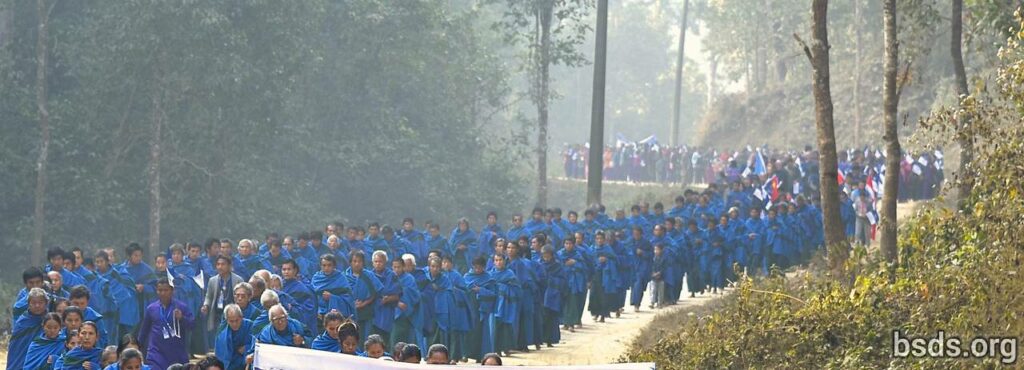
THOUSANDS OF FOLLOWERS,
3 MILLION SYMPATHIZERS
If anything. Ram Bomjan radiates this Maitri friendlyness towards everyone he meets. And whatdyathink, does that go unnoticed? Both in Nepal and Internationally, there are an estimated 3 million followers and sympathizers. Some of them have been educated and trained by Ram Bahadur Bomjan and are spreading his teachings further. On 19 October 2013 Guru bestowed the title of ‘Sanyasi Gurumarga’ gurus to a few of his disciples who abstain from worldly possessions, attachments or desires and are fully commited to his cause. They were assigned to wear blue coloured robes.
The robes with red and yellow stripes are assigned to the ‘Mātma Gurumārga’ gurus who remain active in society and carry on their jobs and responsibilities for their families. Another thousands of devotees wear on special occasions Maitri outfits of pink, purple, blue or green colours. Many gurus were gathered from various districts of Nepal, initiating them to practise ‘maitri dharma’ in a more proactive manner from their own homes.
Surely the country of Nepal beholds so much ancient wisdom which is still alive under the Nepalese people and deeply rooted in their culture. Ram also has a following internationally. I’m one of those interested to learn more from him and the way of life described by him. I have been intrigued by ‘Buddha Boy’ from the first moment I saw him meditating many years back.
FROM THE EAST TO THE WEST
AND VICE VERSA
This reminds me of the
Dutch author Jozef Rulof, who stated in his books that masters from the East will come to the West to educate us on spiritual matters seen from their different perspectives. And I believe that is what is truly happening!
I consider it an advance though to have read all of Jozef Rulof’s books for he addresses many spiritual laws in a very logical and loving manner. For instance Rulof distinguishes between the law of ‘karma’ and the law of ’cause and effect’. He also states that all human beings are of equal importance and not one single soul will be forever lost. It is simply not possible. Thought I should mention this. Please get rid of the ‘doom and gloom burning in hell forever thingy’.
GAINING MOMENTUM BY SERVING OTHERS
According to Rulof, once we’ve straightened out our negative karma, heaven awaits us! And I’m sensing this is also what Ram Bomjan is saying. But we have millions of lifetimes on planet Earth, so we have to see all of our evolution in a much broader perspective. I guess we have to work on ourselves, any time, any place. And one thing highlighted in these books is that by serving others, we gain more momentum for sure. Thank you Guru! This means we all evolve to higher realms of existence (once we’ve sorted things out, kinda).
THE ELEVEN PRECEPTS
One of the teachings by Ram Bahadur Bomjan
are The 11 Precepts received during his meditations. He gained so many insights in his six years of meditation that he converted those in many more guidelines, but have still to be translated. By the way, translation itself is a challenging activity as it encompasses both the historical Buddhist type of traditions as well as the language gap between Nepalese language and western languages. The alphabets contain different characters and meanings.
That being said, below are the 11 precepts, although one has to study them a bit more on the bsds website to better comprehend them:
https://bsds.org/en/teachings
THE WILLINGNESS
Another comment I would like to make at this point is that no one is perfect, we’re all still learning (at least I do). So if you resonate and sympathize with the 11 precepts, but you don’t think you can follow them all, that’s okay. If you want to do your best to master these guidelines, that’s what it’s all about. The willingness. And to want to strive for it.

1
Never break oneness and equality on account of name, appearance, ethnicity, tribe, religion, colour, class, gender, belief, community, nation, power, position, ability and so forth; this means, give up all discord, be it worldly or spiritual.
2
Having found the eternal Dharma, Margapath and the teachings of Guru, remain respectful to all religions and beliefs.
3
Never cause rifts or doubts with untruths, accusations and counter-accusations, belittling or meaningless talk.
4
Resist all teachings and paths that lead to separation, rifts or boundaries; stay steadfast in the true marga-practice.
5
Resist doing even the least harmful karma-actions throughout life in true Gurumarga practice, melt totally into universal truth-nature, becoming part of it.
6
Before being truly merged in the essential realities and practices of Maitri-nature and Dharma-nature, refrain from expounding it with clever words. Because when one is still mired in hearsay, rumour, and propaganda, do not draw others into delusion.
7
Avoid any and all demonic behaviour: violence, killing, harming or hurting living beings. For one’s diet, only choose pure wholesome nourishment.
8
Do not think less of people or countries on account of national identity.
9
While being rooted in true Maitri Dharma practices, dedicate all your karma-actions through thought, speech and deed to the uplift of the whole world, including the uplifting of ourselves.
10
When searching for Truth, the Gurumarga path begins to take form within the heart. Strive for attainment of Paramatma moksha-liberation for the wellbeing of all life in the universe.
11
Remain always in the highest and deepest awareness, realising the various precepts in the soul, gaining freedom from all bygone bondage and constraints.

FREE RAM BAHADUR BOMJAN
Recently I was shocked to read online that Ram Bahadur Bomjan has been arrested and placed in custody. I heard from shanga members that this happened without any legal proces. Currently there are 7 lawyers working on his case.
I can hardly imagine that such an extremely gentle and noble man who values universal justice and truth to such an extend that his whole life and mission evolves around it, would act inappropriately. Let’s hope he gets a fair trial and justice will prevail. Below you can watch the testimony of a medical doctor (MD, PhD) who observed Ram Bahadur Bomjan in his first year of meditation when he was still a boy, thus considered a child. A petition can be signed as well.
QUESTION
My question is this. If you finish reading this article, please take a minute in silence, call it meditation if you will, and pray for justice for Mahasambodhi Dharmasangha Guru. It is him meditating for six years, it is us for one minute.
Can be done!
Maitri Mangalam!
Margreet Otto Wilschut



